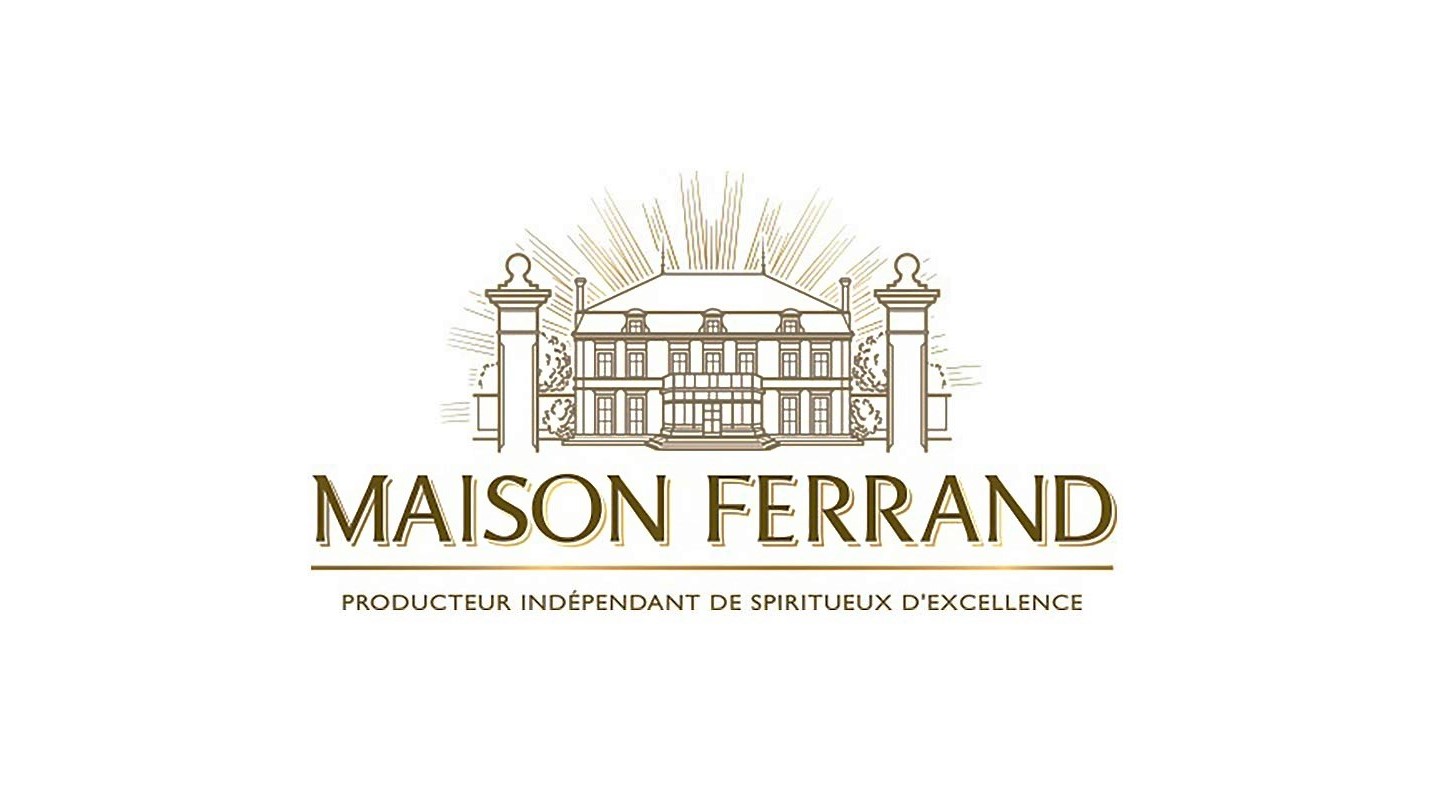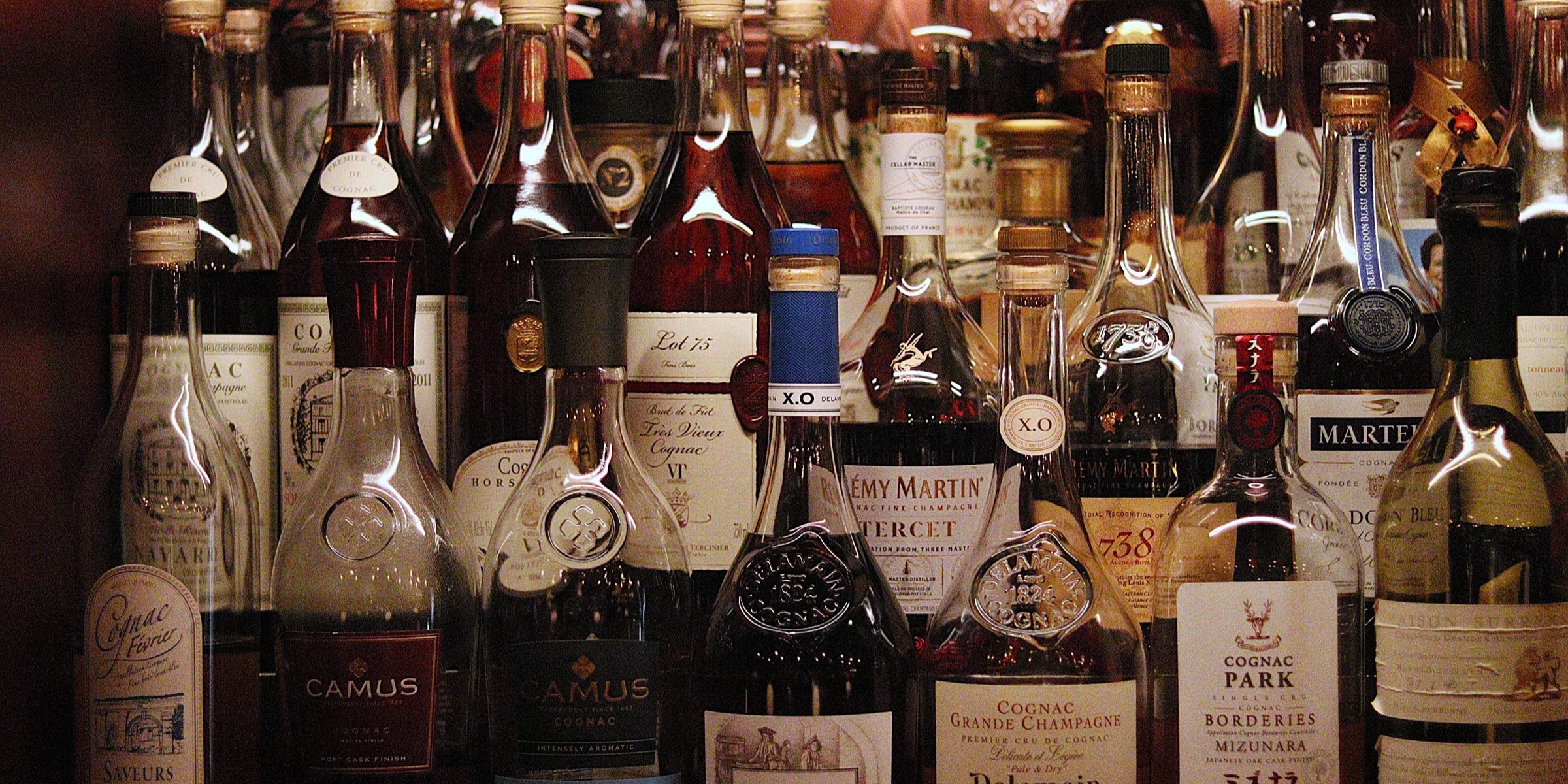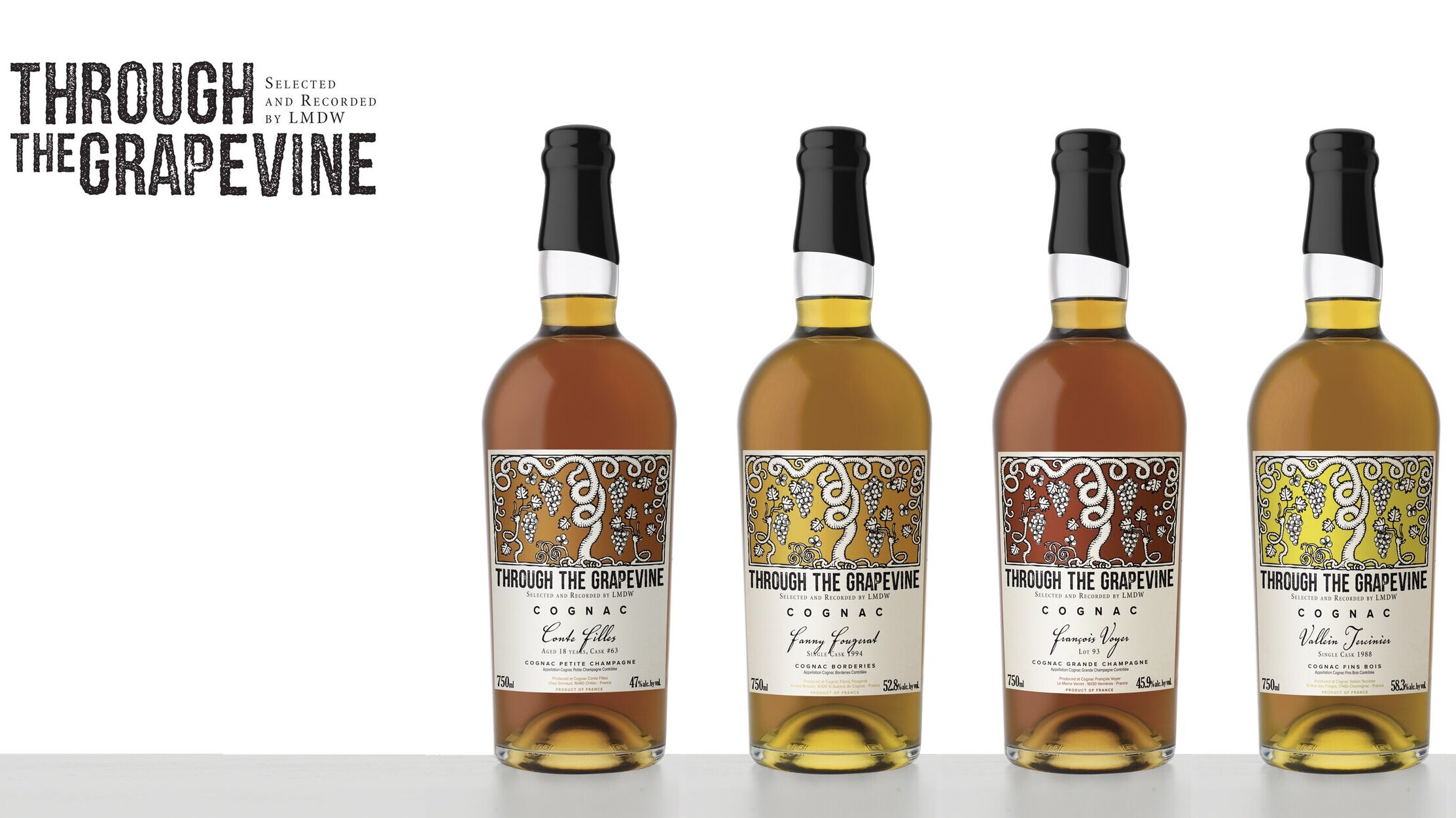There are many Cognac houses that have long, rich histories. This is certainly one of them. Thanks to meticulous archives of notes, receipts, and the like, the Ferrand name can be traced back to the 15th century, 1469 to be specific. However, what we’re concerned with is the branch of the family that helped shape the Cognac brand we know today. There are more stories than I could possibly record here, but if you can find the book entitled ‘Elie Ferrand the VIII: The Life and Times of an Enlightened Cognac Farmer’ by Jacques Blanc, give it a read. For ten straight generations and over nearly four centuries, a male heir, each by the name of Elie Ferrand, has been present in Segonzac. It all started with Elie Ferrand, the patriarch, born around 1630.
Chez Barraud was the home to Elie, and in 1650 he married Marie Matignon and had four children, one of which was named after his father, Elie Jean. His son also had a male child of his own named Elie, and so on and so on. When the Ferrand’s started out in Segonzac, Cognac wasn’t being produced yet as it still really hadn’t been invented. They were mostly farmers and day laborers. However, it was the 6th generation of Elie Ferrand that really started the family business. He was born in 1777. By 1799 he had married Marie Saunier and received, as a dowry, some land that included a vineyard. It just so happened that this vineyard was adjacent to both of his Uncle’s vineyards, Jacque and Pierre Ferrand. By the end of the 17th century, the Ferrand’s already made wine and started to explore distillation. Elie Ferrand the 6th went on to acquire more vineyards in 1808 and 1814, all in Grande Champagne.
Following in his father’s footsteps, Elie Ferrand the 7th continued in the family business. By the time he married Marie Roumagne in 1838, he was already well educated in wine making and eau-de-vie. There was vast prosperity in the Cognac region from 1840-1875. Volumes of sales were up and exports were higher than ever before. This is the time when Elie Ferrand the 8th was a child. He grew up seeing the hustle and bustle of the city and the mass Cognac production. Documents have been found noting how great the harvests were in 1865, 1866, and 1869. So much so that they produced far too much eau-de-vie to even sell and therefore locked it away to age in their cellars. Good fortune was shining on Elie the 8th and he invested in building a beautiful new house at Chez Barraud in Segonzac, their ancestral homestead that had been in the family since the early 17th century. The home is still there to this day.

Image provided by Maison Ferrand, www.maisonferrand.com
When the phylloxera outbreak happened, Elie the 8th was very fortunate that there was so much overstock still in barrel from the bountiful years in the mid-late 1860’s. There was no production happening since all the vineyards were destroyed from the pest, so the demand for Cognac went through the roof. Elie the 8th began carefully selling his barrels, a little at a time, at a huge mark up. He still had product left to sell at the turn of the century, over twenty years after he had to stop distilling. He was doing well enough that he was able to hire local farmers and artisans whom had lost their jobs to do construction on his home. His only child, a son, Elie Emmanuel Edouard Ferrand the 9th, continued to take Maison Ferrand well into the early 20th century. There were certainly good and bad years since the Cognac industry was still trying to regain its feet and regrow vineyards.
Elie the 9th had three children himself, two daughters and one son, Elie Frederic Paul the 10th. It is here where the Elie Ferrand legacy ended. World War I had begun and Elie the 10th went to go fight for his country. While there, he unfortunately passed away from typhoid in 1915. This was the last male heir to Maison Ferrand. In 1927, Elie the 8th passed away at 88 years old. Only three years later in 1930, Elie the 9th left this world at only 66 years old. The only surviving members of the family were Elie the 9th’s daughters, Marguerite and Elisabeth, and Elisabeth’s children Jean and Henriette.
Fast forward to 1989. Maison Ferrand had been sitting idle, mostly doing contract distilling and very small production of their own. They hired two students from a Paris business school named Alexander Gabriel and Jean-Dominique Andreu. They were young, but had great ideas on how to revitalize the Ferrand name. Eventually, the two took full ownership of the company. They bought Chateau de Bonbonnet in Ars from Martell, including all the barrels still aging there. It became their new headquarters. Next, they acquired a distillery that also owned about 75 hectares of vineyards in Grande Champagne. In 2008, Andreu left to go work with another house and Gabriel became the sole owner.

Image from Taste of France Magazine, www.tasteoffrancemag.com
Today, Maison Ferrand owns around 100 hectares of vineyards in Grande Champagne. They do all the distilling and aging themselves. Everything is distilled on the lees, from Grande Champagne, and uses mostly Ugni Blanc with a bit of Colombard. They do use caramel coloring and sugar, but are very forthcoming with how much they use. Alexander Gabriel is a pioneer, of sorts, at pushing the boundaries by using different types of wood barrels and aging practices. Other brands that are owned and operated by Maison Ferrand are Landy, Claude Châtelier, and Décourtet. These smaller brands do use eau-de-vie purchased from other crus such as Petite Champagne, Borderies, and Fin Bois.





